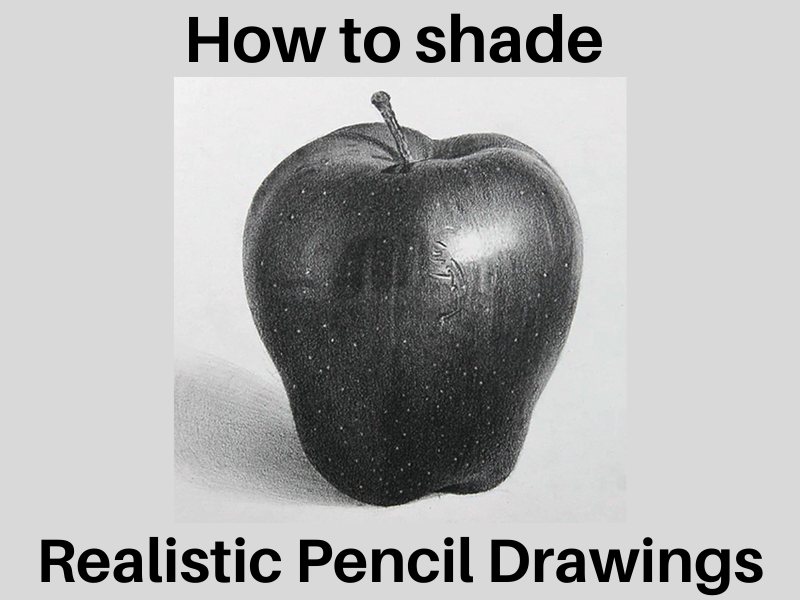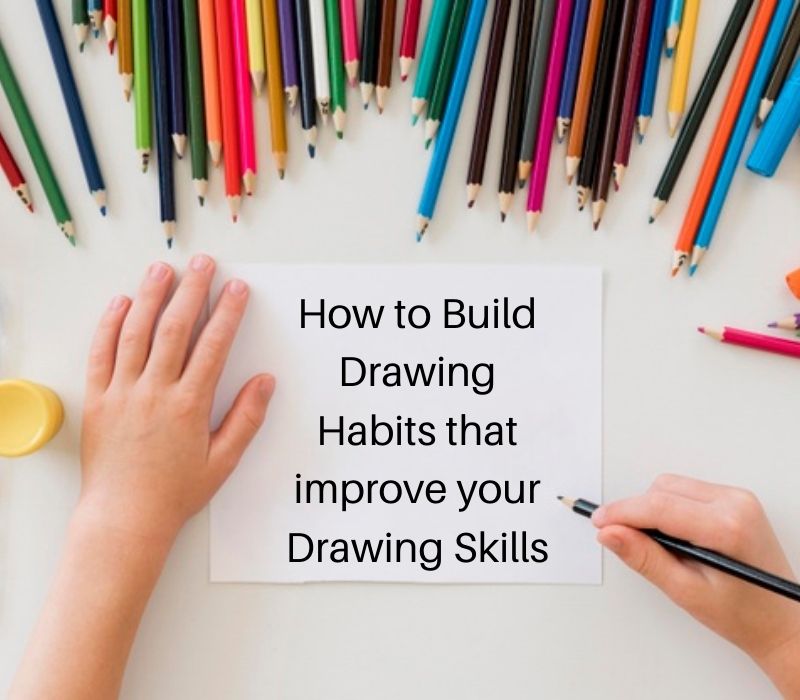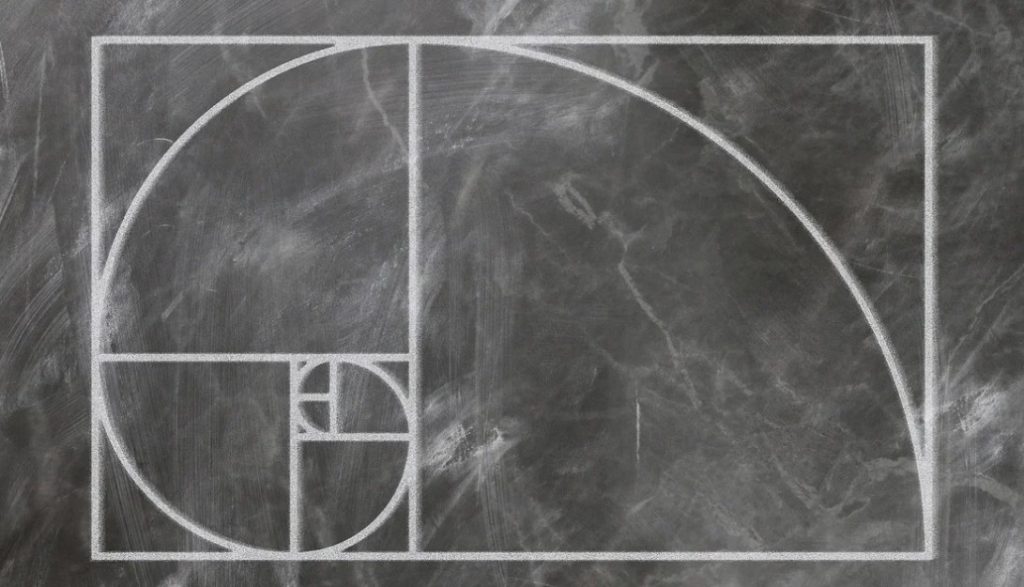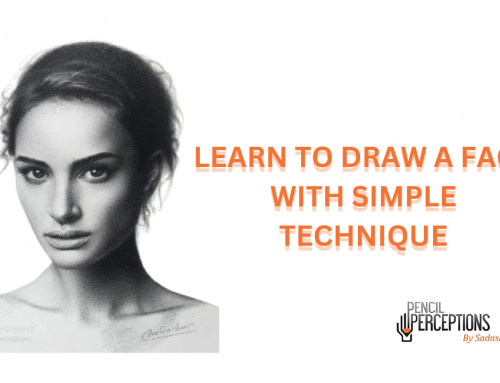How to Shade Realistic Pencil Drawings
Shading is an art and a way toward adding value to make the illusion of structure, space, and in particular – light in a drawing. At the point when executed effectively, shading can cause a drawing to appear three-dimensional and make a persuading picture. When delivering a drawing that imparts volume, shading is totally basic. In this blog, we will help you out on how to shade, and on the off chance that you read right to the end, you’ll find simple and effective techniques on how to shade your drawing. You can apply these again and again to rehearse these principles.
Surface Coverage – Shading Techniques
There are numerous approaches to shading with pencils. The four primary strategies for the most part utilized are shading, hatching, cross-hatching, and following the form. We have explained in-depth shading techniques;
1. Shading
You are shading with a pencil when your imprints are near one another so that they structure a consistent tone on the paper.
2. Hatching
You’re hatching with a pencil when you have a gap between each stamp and organize them in a manner to make ceaseless inclusion.
3. Cross-Hatching
You are cross-hatching with a pencil when you are crisscrossing pencil lines to make inclusion. Try exploring different avenues regarding distinctive inclusion procedures.
4. Following the Form
Regularly utilized in metaphorical drawing, pencil imprints can follow the type of human anatomy, in this manner making it simpler for the watcher to understand the structure described.
Three Fundamentals of Shading a Realistic Pencil Drawings
There are 3 fundamental standards you have to understand about shading if you are a beginner or learning how to draw to realize what you’re doing:
1. We don’t see without light, and where there’s light, there’s likewise shadow. So light and shadow consolidate to “uncover” structure. The more grounded the light, the more grounded the shadows.
2. Shading’s first concern is portraying light and shadow connections. Light and shadow cooperate in a sensible, predictable way.
3. Light and shadow uncover the structure. The structure is made of planes. A plane is a 2-dimensional territory. A 3-dimensional structure is the whole of every one of its planes.
A block — the most fundamental volume — is made out of 6 planes —4 side planes, one top plane, and one base plane — converging at the right points.
Your main goal in shading your drawings is to isolate light and shadow regions, not to show shading changes. On the off chance that you focus on shading transforms, you’ll lose the structure and your drawings will appear flat.
It’s not enough to simply get your strategy right. The sign of a decent designer or craftsman is that they understand why things show up how they do and that to draw expressively, you should have the option to draw precisely on the off chance that you need to make whatever conveys well.
So when figuring out how to shade, focus on portraying volume, not on your strategy. Search for which planes are getting hit by light and which are getting some distance from the light. Those are your light and shadow breaks.
Like this lesson? If so you can also join our online art classes where you will learn to draw and other techniques of drawing and shading.
 Skip to content
Skip to content









